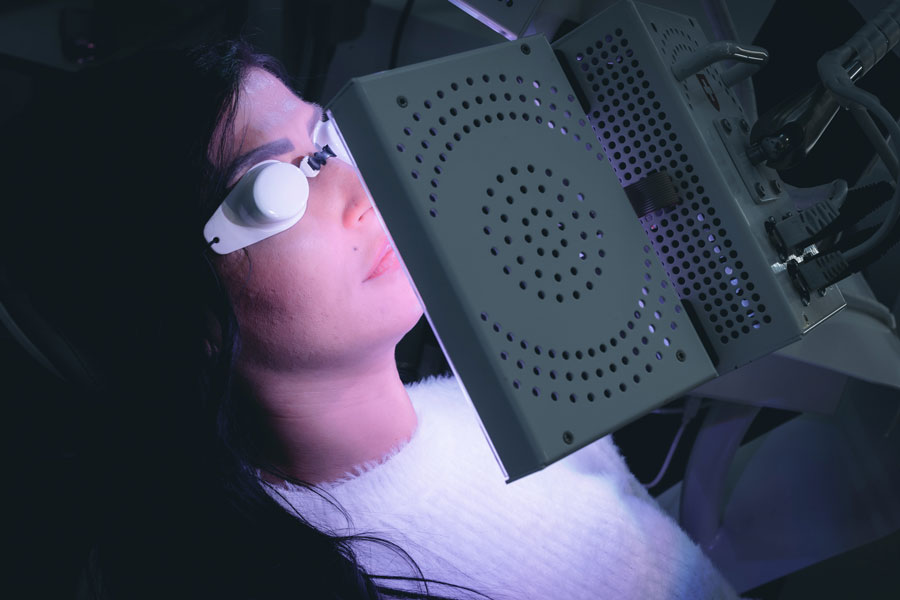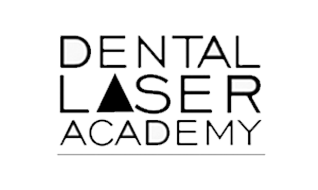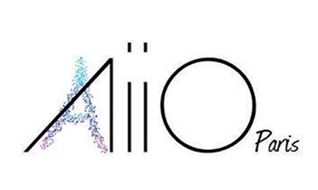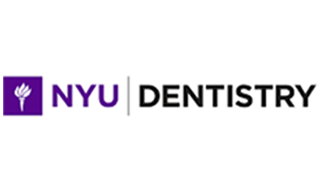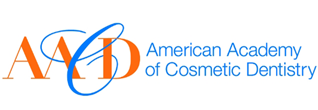About the clinic
The Winston Dental Clinic offers quality dental care that cover all patient needs.
From general dentistry (curative and preventive) to orthodontics (Invisalign), cosmetic dentistry (teeth whitening) and prostheses (veneers, crowns, bridges, inlays/onlays), our dental surgeons and our specialists focus on your well-being and comfort.
Our office is equipped with the latest state-of-the-art technologies to give you a beautiful natural smile. We find solutions to all your problems with effective and fast treatments thanks to comprehensive on-site services and an integrated laboratory. Our specialized dentists are at your disposal, advise you and ensure the follow-up of all your care.

Dr Benjamin PERELLE
Personalized care, enriched by our experience and our international training
DA graduate of Leeds Dental Hospital, Dr. Perelle continued his training at the prestigious New York University in surgical and aesthetic rehabilitation. There he benefited from the teaching of world-renowned masters, such as D. Tarnow (NYU implants department) and L. Rosenthal (Aesthetic dentistry department), co-founder of the ceramic veneers used today worldwide in aesthetic oral reconstructions.
In 2014, he founded the Winston Dental Clinic. Located in the heart of Brussels, it aims to provide specialized, personalized dental care that is continually focused on innovation.
Dr. Perelle's practice is based on a minimal approach, both in surgery and in cosmetic dentistry, restoring patients' smiles and their self-confidence. It also offers a complete range of orthodontics based on the latest digital technologies, offering precision comfort and speed of execution. His multidisciplinary approach (orthodontic, surgical and prosthetic), allows him to undertake the most complex cases and produce aesthetic, durable and stable results.
EAble to provide comprehensive care to his patients, he is also a trainer and lecturer in many areas of dentistry.
Benjamin is very approachable and passionate about micro-invasive dentistry. Apart from his profession to which he is deeply devoted, he is a long-time sportsman and enjoys the practice of cycling, boxing and skiing.
The operating room
our clinic is equipped with an operating theater to the latest standards
The Winston Dental Clinic has a state-of-the-art operating theater that meets the strictest hygiene standards. It allows to carry out different types of surgical interventions in the best conditions. It is equipped with the latest technologies for effective and painless treatment. Our dental surgeons are specially trained in the use of this high-end equipment and in the entire decontamination and sterilization process.
PALL water filtration system
for bacteriological control
drastically across the firm.
Bacterial air filtration,
with high fresh air flow
(10 000 m3/h.).
ANIOS aerodecontamination
hospital
PiezoChirurgie
Satelec Piezotome
Laser Erbium-Yag
SYNERON Lite touch
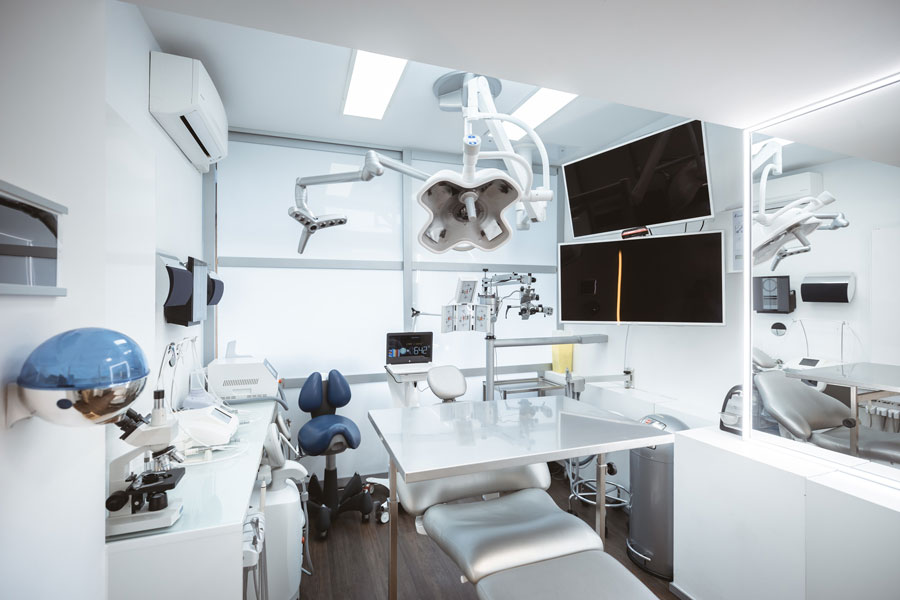
sterilization
Our clinic is equipped with a sterilization chain of
latest generation to guarantee total aseptic safety for our patients.
Asepsis involves 4 essential steps: decontamination, cleaning, packaging and sterilization.
Sterilization chain in 8 crucial steps: Decontamination - Cleaning - Rinsing & Drying - Packaging - Sterilization - Control.- Final validation.
Decontamination eliminates microorganisms, bacteria and organic matter present on the equipment used before the cleaning stage.To do this, the tools are immersed in a disinfectant solution. This is an essential step to quickly inactivate viruses and infectious agents in order to facilitate cleaning and sterilization.
It is carried out as soon as the instruments leave the decontamination tank. The material can then be handled for cleaning. Cleaning is carried out with a specific detergent in a special machine, which provides additional safety for personnel. In addition, it provides thermal, chemical and mechanical disinfection
Rinsing must be abundant and can be manual or automatic. It removes any residual dirt and detergent. Careful drying is carried out using a single-use rack, drying machine or filtered compressed air. It prevents corrosion and the multiplication of micro-organisms.
All the material to be sterilized, perfectly clean and dry, must be conditioned beforehand. Two types of packaging are possible: sterilization sachets, preferably with a heat-sealed closure, or airtight aluminum or stainless steel boxes fitted with filters to maintain sterility.
The effectiveness of sterilization depends on the quality of the previous steps. Different methods are possible:
● Steam autoclave under pressure, at 134°C for 18 minutes (the most reliable).
● Chemical vapor autoclave. Questionable effectiveness for textiles.
● Dry heat, only for instruments resistant to 180°C (reliability not guaranteed)
After each sterilization cycle, the integrity of the packaging, the absence of moisture in the load, all the bag passage indicators and the physico-chemical indicators must be checked.
Various tests are carried out:
● Biological test by using sterilization indicators every week.
● Vacuum tightness test every week.
● Bowie-Dick test every day.
Anything that cannot be sterilized by heat or immersion must also be cleaned first before being disinfected. The surfaces are cleaned with a wipe impregnated with a bactericidal, fungicidal and virucidal product. An antimicrobial film is then sprayed on before drying without wiping.
After these different steps, a check is carried out to verify that the entire sterilization procedure is running smoothly. This validation is essential to avoid any contamination by microorganisms and to guarantee the safety of both staff and patients.
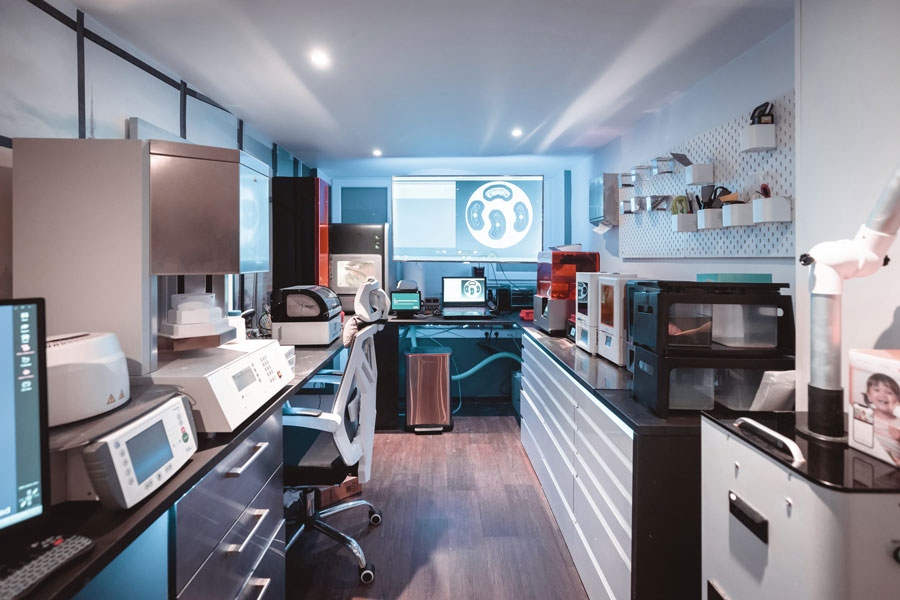
the ON-SITE laboratory
OUR CLINIC IS A PIONEER IN DIGITAL TECHNOLOGIES AND HAS AN INTEGRATED PROSTHESIS LABORATORY. WE HAVE THE LARGEST TECHNOLOGY PARK IN BELGIUM WITHIN A PRIVATE STRUCTURE.
MACHINING :
• 1 5-axis milling machine for complex work.
• 5 4-axis milling machines for carrying out unit work (onlay, crown, ceramic veneer).
3D PRINTING :
• 5 3d printers (SLA, DLP, LED) for :
- The realization of study model
- The realization of protective gutters (bruxism, sport, whitening)
- Temporary restorations
- The production of temporary removable devices (made urgently in 2 hours in the event of a fracture of the old device)
LANAP PROTOCOL
LANAP PROTOCOL - LASER GUM DISEASE TREATMENT
THE ADVANTAGES OF THIS PROTOCOL:
• Less pain
• Less bleeding
• Less sensitivity
• Less gum tissue loss
• Less swelling
• Quick recovery after treatment
• Fewer postoperative infections
• Promotes the regeneration of supporting gingival tissues
• Healing is perceived as faster and more comfortable than conventional surgerie
